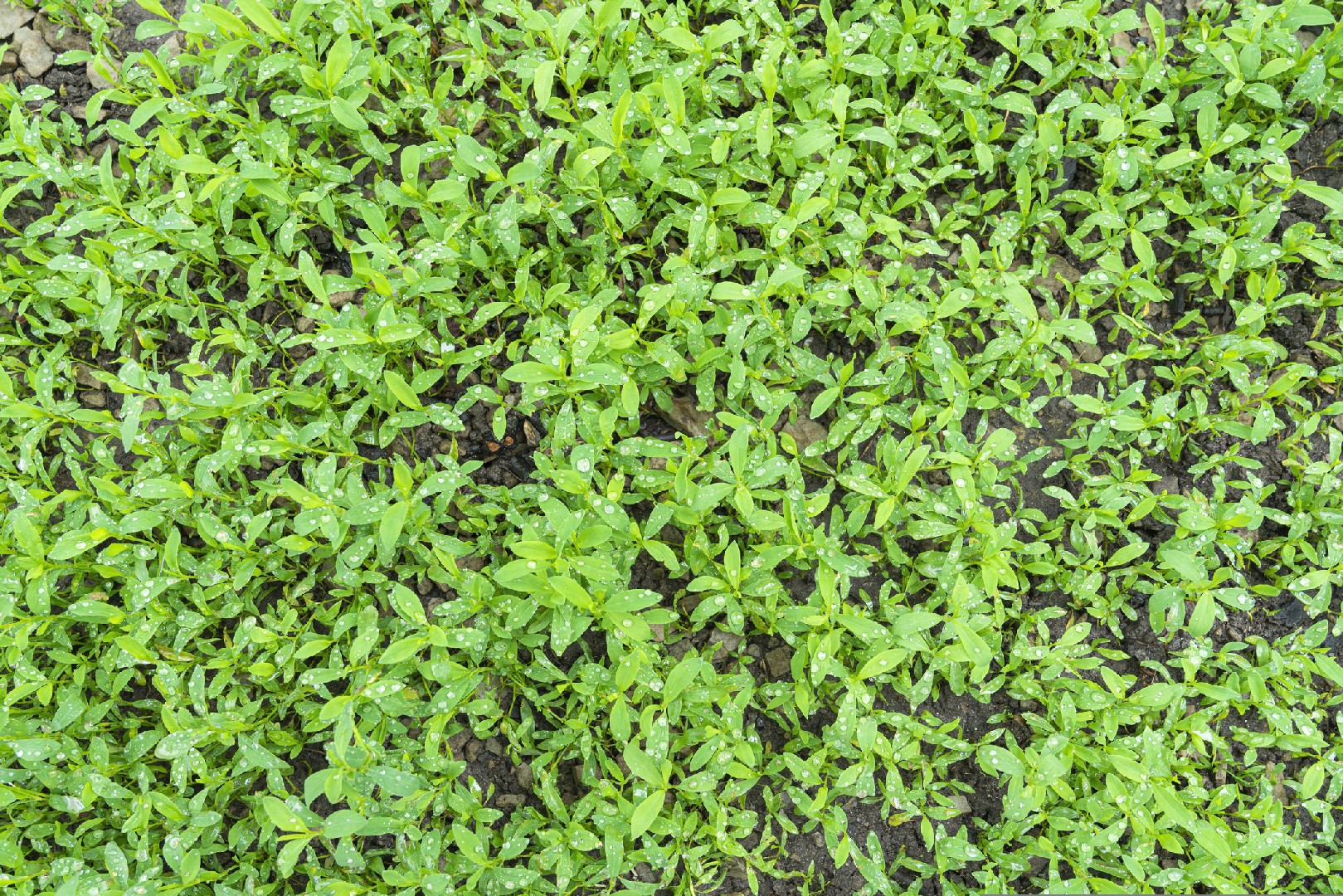![Rectangle]()
Benefits of Cover Cropping for Soil Health
Cover cropping is a practice that involves planting specific crops to improve soil health in garden beds. It offers several benefits, ranging from enhanced fertility and structure to erosion control, weed suppression, and pest management. Understanding these benefits can help gardeners make informed decisions about incorporating cover cropping into their gardening routine.
One of the primary advantages of cover cropping is its ability to enhance soil fertility and structure. Cover crops, such as legumes, are known for their nitrogen-fixing properties. These plants have a symbiotic relationship with specific bacteria in the soil, allowing them to convert atmospheric nitrogen into a form that plants can readily absorb. When cover crops are incorporated into the soil, they enrich it with nitrogen, providing a natural and sustainable source of plant nutrients.
In addition to improving fertility, cover crops also play a crucial role in erosion control. Their extensive root systems act as anchors, preventing soil erosion caused by wind or water. By protecting the topsoil, cover crops help retain valuable nutrients and prevent them from being washed away.
Weed suppression is another significant advantage of cover cropping. When garden beds are left bare, weeds can quickly establish themselves and compete with desirable plants for nutrients, water, and sunlight. However, by planting cover crops, gardeners can create a natural barrier that shades out weeds, reducing their growth and proliferation. This reduces the need for manual weeding and minimizes the use of herbicides, making cover cropping an environmentally friendly weed management strategy.
Furthermore, cover cropping can contribute to pest management in garden beds. Some cover crops, such as marigold, have natural pest-repellent properties. By intercropping marigolds in vegetable gardens, for example, gardeners can deter harmful pests and reduce the need for chemical pesticides. Additionally, cover crops attract beneficial insects that prey on pests, creating a more balanced and sustainable ecosystem within the garden.
In conclusion, cover cropping offers numerous benefits for soil health. By improving fertility, preventing erosion, suppressing weeds, and managing pests, it helps create a healthy and sustainable growing environment. Gardeners looking to maximize the productivity and sustainability of their garden beds should consider incorporating cover cropping into their gardening practices. Not only will it improve the quality of the soil, but it will also reduce the reliance on synthetic fertilizers, herbicides, and pesticides. Start experimenting with cover cropping today and witness the positive impact it can have on your garden."





